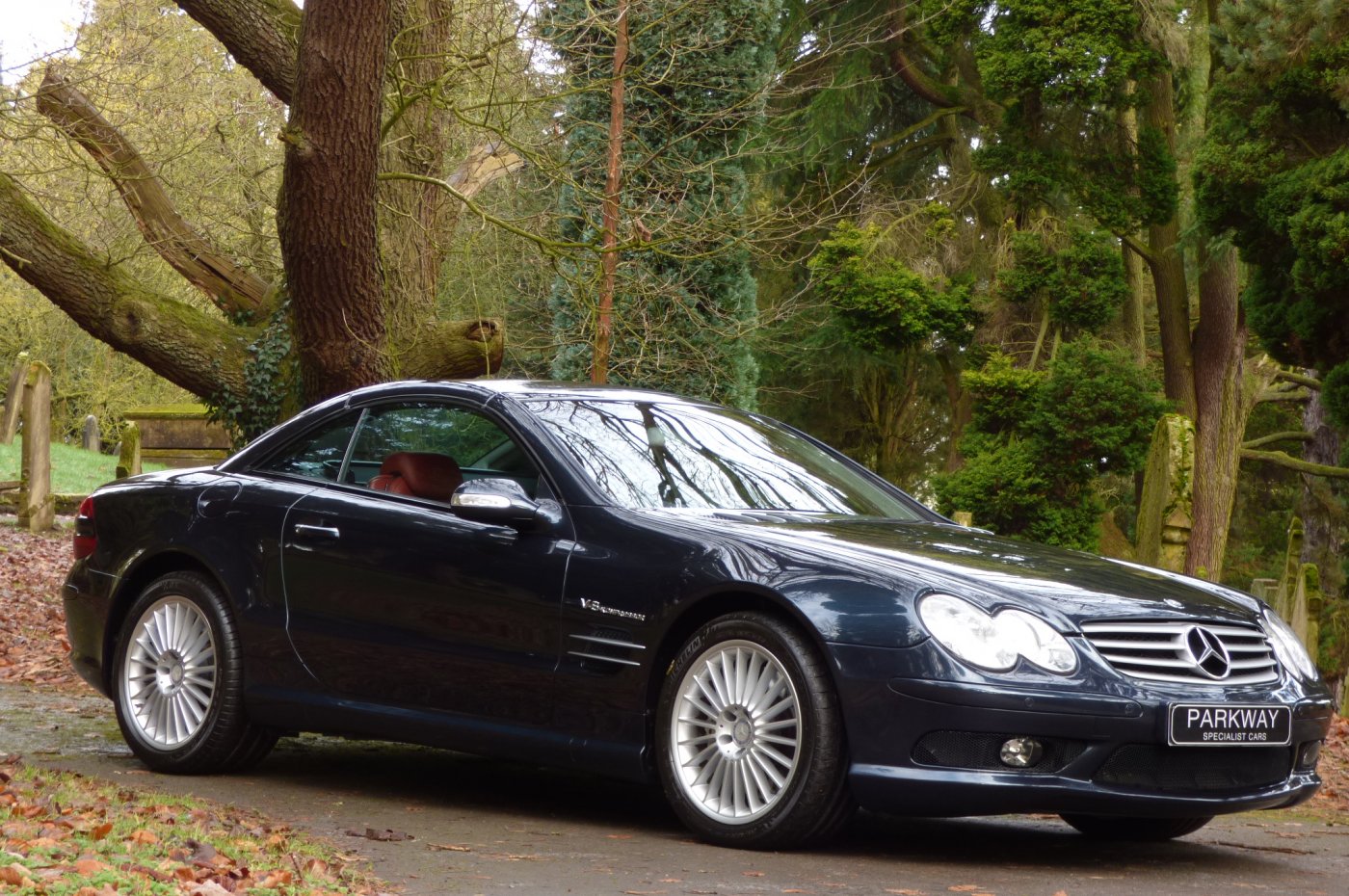

Yes, there are some cheap plastics around the cabin, but they fit together well. In the four years we have had the car, we haven’t had to spend more than regularly getting it serviced at an independent Mercedes-Benz specialist. Everything – and I mean everything – works as it should. According to Mercedes-Benz, the W211 sedans had a drag co-efficient of 0.27, which is very good for a car that age.ĭespite being 13.5 years old now, there is not a single rattle to be heard in the cabin. There is some minor wind noise emanating from the A-pillar, but I’m nit-picking here. It’s not a car that likes to be hurried, but drive it sedately, the way a Mercedes-Benz should be driven, then it’s a comfortable, quiet cruiser that wafts along without fuss. To me, it’s just some of the traits of an older Mercedes-Benz. The above is not meant to be a criticism. It remains remarkably composed through bends and corners. But there is very little body roll, despite the 55-series Pirelli Cinturato P7 tyres and 16-inch rims. It seems as though there is a ‘lazy’ area just off centre, where it requires a bit more encouragement to respond to steering input. The power rake/reach adjustable steering wheel is rather large, and not very direct. In ‘Sport’ mode (the 5-speed automatic transmission has a selector for ‘Comfort’ and ‘Sport’ modes), the car accelerates from standstill in first gear, and generally holds onto gears longer than in ‘Comfort’ mode, where the car would start from second. It isn’t slow, but it does feel somewhat underpowered. I have found that to extract any decent performance from the car, I need to keep the revs up to about 3000-3500rpm when accelerating. The E200 Kompressor is powered by a supercharged 1.8-litre in-line four cylinder engine that produces 135kW at 5500rpm and 250Nm at 2800-5500rpm. But once I got used to it, it became second nature.

The steering wheel is offset left of centre, while the pedals are offset right of centre, so it kind of feels like your body is twisted as you’re driving it. It took me a little while to get accustomed to the driving position. So even though this is the second cheapest E-class, it didn’t feel like it was lacking anything. The previous owner had optioned this car with 12-way power adjustable front seats (even the head restraints are power adjustable) with three position memory (which also stores in memory the position of the steering wheel and mirrors) and the COMAND system. Coupled with the burr walnut woodgrain trim that was standard on the Elegance line, I think the interior is a very nice place to be. It is finished in Flint Grey, and is equipped with cashmere beige ARTICO man-made leather, which has held up very well over the years. This particular example was built in December 2007 and was first registered in Australia in January 2008.
Mercedes v8 kompressor price driver#
Okay, this is technically my dad’s car, but in the past couple of weeks I’ve had the opportunity to live with it as a daily driver while dad is recuperating from surgery. A few days later, paperwork is done, and there’s a Mercedes-Benz in our driveway.
Mercedes v8 kompressor price full#
We went to check it out, and it was one of the tidiest examples I have ever seen, having only done 72000kms at the time, with full log books and only one owner from new. So, when dad was looking for a new car about four years ago, I had half-jokingly suggested that he looks at the advertisement I found online for a used Mercedes-Benz E200 Kompressor. But the desire to own one was there too, just as it is for me. My parents have also been fans of the brand, perhaps not to the same extent that I have been. It was a symbol that demonstrates that one had made it in life. Owning a Mercedes-Benz was a status symbol. Ever since I was growing up in the 1980s in Hong Kong, where you could find a W126 S-class around every corner, I’ve always been attracted to the allure of one day owning a Mercedes-Benz, to be able to sit behind that three pointed star gunsight logo on the bonnet. I have always been a fan of Mercedes-Benz road cars.


 0 kommentar(er)
0 kommentar(er)
